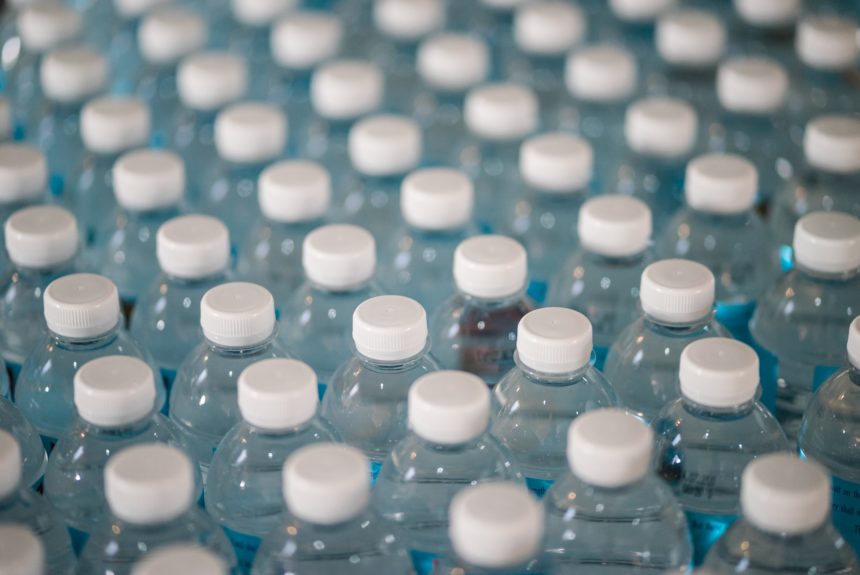Plastic pollution is a bi-partisan concern, spotlighted by popular documentaries, activist campaigns, and even punitive legislation on both sides of the Atlantic. Plastics are by-products of crude oil production — and recent sanctions on Russia have shown just how reliant our energy production and transport infrastructure still is on gas. When discussing the adverse effects of plastics, pollution is often brought up, and for good reason. But is excessive plastic use beginning to impact our health as well?
To be clear, plastics have produced several societal and environmental benefits. The creation of plastics saved the lives of countless elephants by displacing ivory and gave a significant advantage to British planes over Nazis in World War II. In modern society, plastics have made cars more fuel-efficient, plumbing and sanitation systems more reliable, and have raised global living standards through food preservation and distribution.
>>>READ: The Innovative Clean Tech Company That is Closing the Gap on Plastic Waste
While indeed beneficial, recent research suggests that plastic use is having adverse effects on our health. Plastic use and disposal is producing bioaccumulation and food-chain contamination. Its ubiquitous presence means we each eat between 50,000 and 120,000 plastic particles every year. That’s 5 grams — or one credit card’s worth — every week. One study found 139 pieces in every 240g of fish fillet. New research in the Journal of Exposure Science & Environmental Epidemiology found phthalates that cause fertility issues in eighty percent of the big-chain fast food sampled. This came from the plastic packaging, and gloves used during food handling.
Dutch researchers recently found microplastics in human blood for the first time: with seventy-seven percent of samples containing particles large enough to be lodged intractably in vital organs.
Polyester, the plastic fibre that sixty-three percent of the fashion industry is comprised of, too, is a problem. The plastic fibre requires seventy million barrels of oil annually and the apparel industry produces ten percent of annual global emissions. Eighty-five percent of man-made materials contaminating water supplies and oceans are from clothing.
So, how do we solve our plastic pollution problem?
There are individual choices we can make — including conscientious shopping concerning the materials we wear and brands we buy from, as well as recycling all packaging and donating our old clothing. But to reduce emissions more substantially requires an industry-scale shift. This includes the reduction of existing plastic pollution, and the exploration and adoption of replacement bio-plastics.
There are novel ways to remove existing plastic from the ocean. Solar-powered vacuum robots could extract 24,000 tonnes of ocean plastic every year. A 2,000 ft free-floating boom has been ensnaring the Great Pacific Garbage Patch piecemeal. The development of autonomous sea-faring vehicles could see our oceans kept clean by aquatic Roombas by 2050.
>>>READ: Meet FRED: The Plastic Collecting Sea Robot
There are also bio-remedial methods. At the University of Texas, gene sequencing discovered that several bacteria can break down aromatic hydrocarbons. The highest concentration of these oil-eating bacteria is in the largely uncharted Mariana Trench. Up to fifty percent of the 800 million litres (211 million gallons) of oil poured into the Gulf of Mexico during the Deepwater Horizon spill was consumed and removed by these Oceanospirillales microbes. Other bacteria isolated in a bottle recycling plant can metabolise Polyethylene terephthalate. These microbes might be repurposed for future spills — so why not deploy them against the wider plastic problem?
A longer-term replacement strategy must involve phasing in bio-plastics while we phase out crude oil. Bioplastics are biodegradable durable plastics produced from agricultural crop oils. These monocrops can be vertically farmed — including a leading British export, cannabis and hemp. This would solve the looming farming space shortage: to replace crude oil plastic with corn-based bioplastic, it would require the equivalent to forty percent of the annual U.S. corn harvest. Furthermore the higher levels of methane emitted from bioplastic production, could spur investment in developing carbon and methane capture and storage technologies, applicable across industries.
While plastic bag and straw bans may not have proved as effective as those placed on asbestos, the looming climate and health problem plastic has and will continue to cause is reason enough to swap them for alternatives. Investment is needed in ingenious solutions to the existing pollution problem, and preventative strategies to ensure we can keep necessary living standards affordable for consumers, while reducing the intrusion of crude by-products into landfills, lakes, and dinner-plates.
Connor Tomlinson is the Head of Research for the British Conservation Alliance and a political commentator for Young Voices UK. He appears regularly in American Spectator and on talkRadio. Follow him on Twitter: @Con_Tomlinson
The views and opinions expressed are those of the author’s and do not necessarily reflect the official policy or position of C3.
